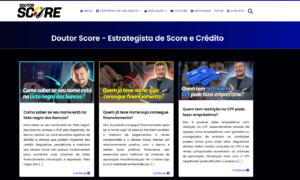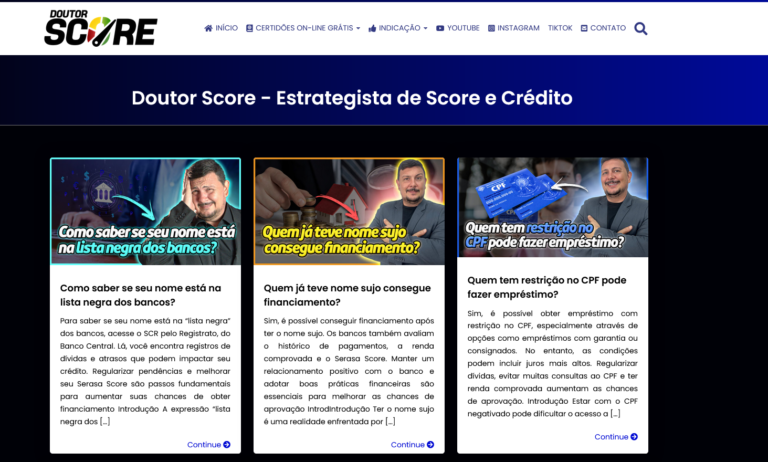In many companies, the absence of a structured interviewing approach to candidate interviews may initially appear convenient, but it often results in significant issues. This informal method can inadvertently introduce biases into the recruitment process and needlessly prolong the interview timeline, posing challenges for both employers and applicants. Consequently, a growing number of organizations are recognizing the value of structured interviews. Structured interviewing have emerged as a favored alternative due to their myriad benefits.
In this article, we’ll break down structured interview’s, explore why they’re beneficial, and provide practical tips for creating them in your hiring process.
What Is A Structured Interview?
A structured interview is like a standardized test for job candidates. It’s a way for employers to ask the same questions to everyone applying for a job, making sure they’re all judged fairly. These questions are carefully chosen to see if candidates have the right skills and qualities needed for the job. Then, the answers are rated using a set scale, helping the employer make decisions based on facts rather than just feelings. This type of interview helps companies be fair to all candidates and prevents biases from influencing hiring choices. By sticking to a structured format, employers can make sure they’re giving everyone an equal chance to show what they can do.
What Advantages Does A Structured Interview Provide?

Let’s take a look at the advantages that structured interviews offer to recruiters and their organizations:
-
Creating a Positive Candidate Experience
Structured interviews ensure fairness for all candidates, offering consistent and respectful interaction throughout the hiring process. This not only leaves candidates with a positive impression of the organization but also demonstrates its commitment to fairness and professionalism. Ultimately, a good candidate experience enhances the employer brand and fosters a sense of trust and respect between the organization and potential hires.
-
Fostering Diversity and Inclusion
By standardizing the interview process and focusing on objective criteria, structured interviews help mitigate unconscious biases that may influence hiring decisions. This approach ensures that candidates are evaluated solely on their qualifications and relevant experiences, regardless of their background. As a result, organizations can build diverse teams that bring a range of perspectives and ideas to the table, driving innovation and creativity.
-
Facilitating Comparison of Candidates
Standardized interviews enable recruiters to evaluate candidates using consistent criteria, making it easier to compare their qualifications and suitability for the role. By asking all candidates the same questions, recruiters can objectively assess each candidate’s responses against predetermined benchmarks. This promotes a fair and transparent evaluation process, ensuring that hiring decisions are based on merit rather than subjective judgments.
-
Expediting the Hiring Process
Predefined questions and standardized evaluation criteria streamline the interview process, reducing the time and resources required to screen candidates. Recruiters can efficiently conduct interviews, evaluate candidate responses, and make informed decisions without unnecessary delays. This efficient approach is particularly valuable in competitive hiring environments where speed is essential to securing top talent.
-
Reducing Recruitment Bias
Structured interviewing are designed to minimize the influence of unconscious biases that can skew hiring decisions. By using consistent questions and evaluation criteria, recruiters are less likely to be swayed by personal preferences or stereotypes. This objective assessment process promotes fairness and equity, ensuring that all candidates are evaluated based on their qualifications and potential to succeed in the role.
-
Ensuring Legal Compliance
Structured interviews help organizations maintain legal compliance by adhering to predetermined questions and evaluation criteria that are relevant to the job requirements. By avoiding potentially discriminatory or inappropriate questions, recruiters minimize the risk of legal challenges related to hiring practices. This proactive approach demonstrates the organization’s commitment to ethical and lawful hiring practices, protecting both the company and the candidates.
-
Resulting in Effective Hiring Decisions
Structured interviews contribute to better hiring outcomes by aligning candidate assessments with the specific needs and requirements of the role. By clearly defining expectations and evaluating candidates objectively, recruiters can identify individuals who possess the skills, competencies, and cultural fit necessary for success in the organization. This leads to more effective hiring decisions and enhances the overall quality of the workforce.
How To Design The Structured Interview Process?
Designing a structured interview process involves meticulous planning and consideration of various factors to ensure a thorough and fair assessment of candidates. Let’s delve deeper into each step:
-
Determining What to Assess
Before formulating questions or assessments, it’s crucial to have a clear grasp of the role’s requirements and the specific qualities and skills essential for success. Consider the role’s impact on the organization, both short and long-term, and define the key objectives expected from it. Identify the attributes, competencies, and experiences candidates must possess to effectively fulfill the role’s responsibilities, including both technical skills and soft skills like communication and problem-solving.
-
Mapping Out Assessment Methods
Once the critical factors for assessment are identified, plan the methods to evaluate them during the interview process. Determine each attribute’s most appropriate assessment techniques, such as behavioral questions, situational interviews, or technical assessments. Tailor questions and assessments to directly measure the candidate’s proficiency in the required skills and competencies. Consider implementing a structured scoring rubric or evaluation criteria to ensure consistency across assessments.
-
Structuring the Interview
Design the overall structure and format of the interview process, including the number of interview rounds and the sequence of assessments. Decide whether each round will focus on different qualities or if multiple interviewers will evaluate the same qualities across rounds. Define the duration of each interview stage, allowing sufficient time for thorough evaluation while maintaining efficiency. Establish clear guidelines for any skills testing or practical exercises if included in the process.
-
Considering Logistics
Address practical logistics such as scheduling interviews, coordinating with interviewers, and arranging necessary resources or facilities. Identify the individuals within your organization responsible for conducting interviews and assign roles accordingly. Provide training or guidance to interviewers to ensure they understand the objectives of the process and their role in assessing candidates effectively. Communicate expectations and guidelines to candidates regarding the interview format and any additional assessments.
-
Measuring Feedback
After completing interviews, systematically review each candidate’s performance against predefined criteria and expectations. Collect feedback from interviewers using a standardized evaluation method to ensure consistency. Encourage detailed assessments based on observable behaviors and evidence. Aggregate feedback to gain a comprehensive understanding of each candidate’s strengths, weaknesses, and overall fit for the role. Use feedback and evaluation data to inform hiring decisions and refine the interview process for future assessments.
Why BarRaiser Excels In Structured Interviewing?

BarRaiser offers standout features for structured interviewing, ensuring a thorough and effective evaluation process:
-
Tailored Interview Structures
Interviewers have the flexibility to handpick candidate skills relevant to the job role. This prompts the AI algorithm to generate a personalized interview plan, meticulously tailored to the specific requirements of the position. Each segment of the interview, whether it’s introductions, technical assessments, or communication tests, is carefully crafted to ensure that candidates are evaluated comprehensively and fairly. This tailored approach enhances the efficiency of the interview process while ensuring that a candidate’s qualifications and skills are thoroughly assessed.
-
AI-Powered Interview Assistance
BarRaiser harnesses the power of AI to provide invaluable assistance to interviewers. Relevant questions and answers are suggested based on the skills selected, streamlining the interview preparation process. Moreover, the AI algorithm can dynamically generate new questions, adapting to the flow of the interview and ensuring that candidates are challenged appropriately. This AI-driven assistance not only accelerates the interview process but also ensures that candidates are thoroughly evaluated across various skill sets.
-
Clear Interview Guidelines
Hiring managers can establish structured guidelines for interviewers, providing a clear framework for conducting interviews. These guidelines serve as a roadmap, ensuring consistency and standardization across interviews conducted by different team members. By outlining the topics and areas to be covered during the interview, these guidelines help interviewers stay focused and ensure that all relevant aspects of a candidate’s qualifications and skills are assessed systematically.
-
Objective Feedback Collection
Through the Co-pilot feature, real-time feedback is systematically collected from interviewers. This feedback mechanism allows interviewers to rate candidates objectively based on their performance in various interview segments. By aggregating feedback from multiple interviewers, BarRaiser provides a holistic view of each candidate’s strengths and weaknesses, facilitating informed hiring decisions based on concrete data and observations.
-
Seamless Integration
BarRaiser seamlessly integrates with major ATS platforms like Lever, Greenhouse, and Workday. This seamless integration ensures that interview data seamlessly flows into existing recruitment workflows, eliminating manual data entry and streamlining the interview process. By leveraging the capabilities of ATS platforms, BarRaiser enhances collaboration among members of the hiring team and ensures that interview data is securely managed and accessible when needed.
Conclusion
In conclusion, structured interviewing is a valuable asset for organizations striving to conduct fair and impartial hiring processes. By incorporating structured interviews into their recruitment methods, companies can ensure that all candidates are evaluated consistently and objectively. This approach promotes fairness, transparency, and efficiency in the candidate selection process, ultimately leading to better hiring decisions and a stronger workforce.



